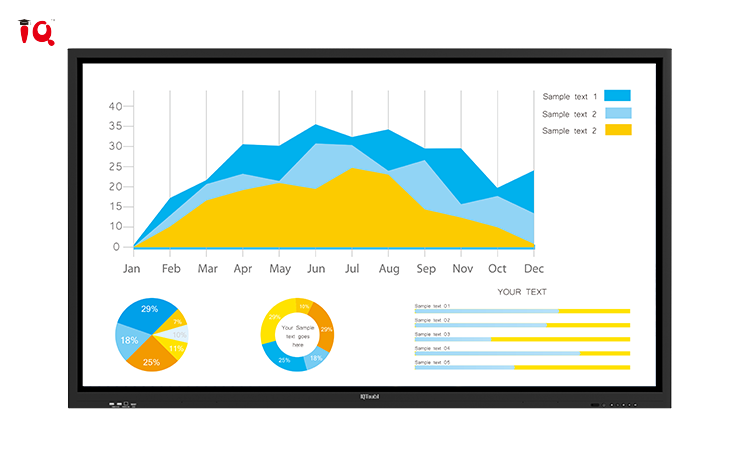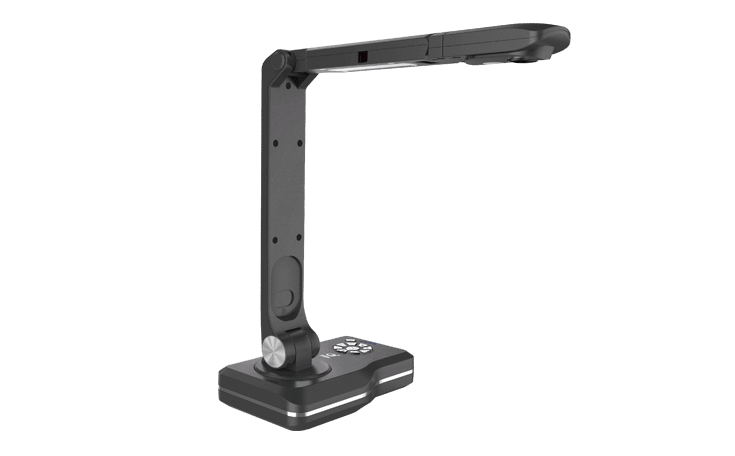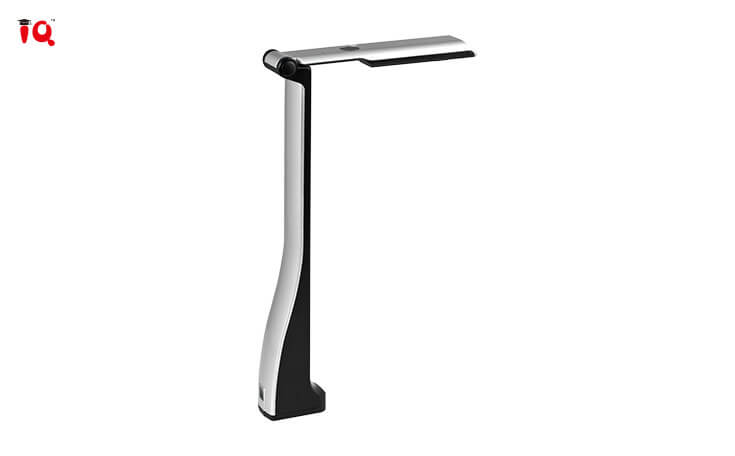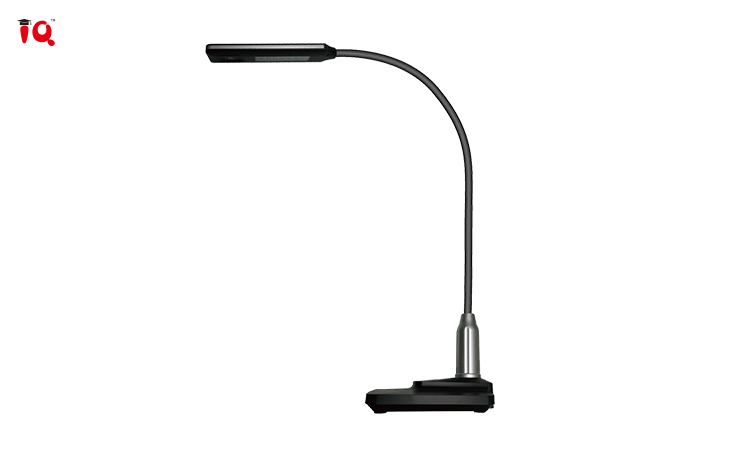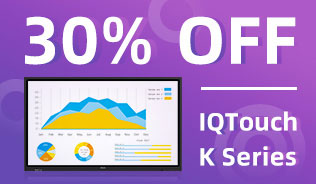
smart board secondary display
smart board secondary display.In the production process of mobile phone screens, the protective glass, touch screen, and display screen need to be laminated twice. If the frame paste display is used, the display effect will be greatly reduced, and if the full paste yield is used, it will be a problem. Due to the laminating production process between the protective glass, touch screen, and display screen, the yield is greatly reduced. If the number of laminations can be reduced, the yield of full lamination will undoubtedly be improved. At present, several development directions have emerged: OGS solutions dominated by original touch screen manufacturers , and On Cell and In Cell technology solutions dominated by panel manufacturers. At present, more powerful display panel manufacturers tend to promote On-Cell or In-Cell solutions. The main reason is that they have display production capabilities, that is, they tend to make the touch layer on the display; and touch module manufacturers or upstream materials Manufacturers tend to OGS, that is, the touch layer is made on protective glass, the main reason is to have strong manufacturing process capabilities and technology. The common points of the two can reduce the number of laminations, which can save costs and improve the yield of lamination. In addition, due to the lack of a touch layer, it can also achieve the purpose of saving material costs and achieving thinness. Among them, Apple iPhone5 uses In-Cell technology.
IQTouch K Interactive Display
smart board secondary display.In the production process of mobile phone screens, the protective glass, touch screen, and display screen need to be laminated twice. If the frame paste display is used, the display effect will be greatly reduced, and if the full paste yield is used, it will be a problem. Due to the laminating production process between the protective glass, touch screen, and display screen, the yield is greatly reduced. If the number of laminations can be reduced, the yield of full lamination will undoubtedly be improved. At present, several development directions have emerged: OGS solutions dominated by original touch screen manufacturers , and On Cell and In Cell technology solutions dominated by panel manufacturers. At present, more powerful display panel manufacturers tend to promote On-Cell or In-Cell solutions. The main reason is that they have display production capabilities, that is, they tend to make the touch layer on the display; and touch module manufacturers or upstream materials Manufacturers tend to OGS, that is, the touch layer is made on protective glass, the main reason is to have strong manufacturing process capabilities and technology. The common points of the two can reduce the number of laminations, which can save costs and improve the yield of lamination. In addition, due to the lack of a touch layer, it can also achieve the purpose of saving material costs and achieving thinness. Among them, Apple iPhone5 uses In-Cell technology. IQTouch K interactive touch screen feature 20-point touch and dual system -- Android 8.0 system and optional OPS Windows 10Pro system. Its 4K UHD resolution facilitates presentations and collaboration. With optional multi-screen casting software, IQClass 6.0 and installation-free IQClass Plus software, IQTouch K Series can help create an interactive and collaborative teaching atmosphere in class.
Let’s See IQTouch K Interactive Display
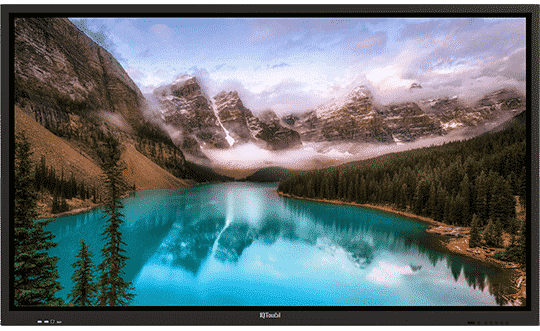
4K UHD Display
Stunning 4K UHD can display a cystal clear image on
screen.
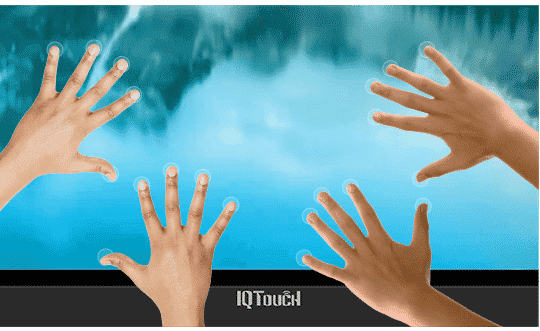
20 Touch Points
Enable an interactive and collaborative teaching atmosphere
in classroom.
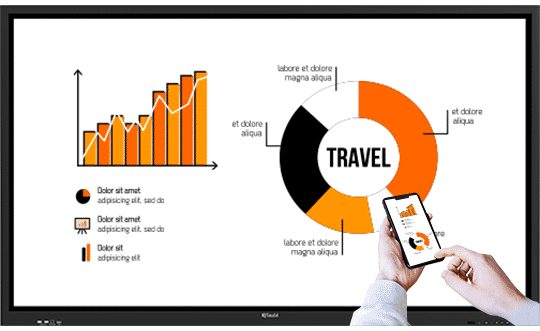
Built in Wifi hotspot & Optional
Multi-screen casting Software
Support to cast your devices to the screen wirelessly,
and your devices can control the screen wirelessly.
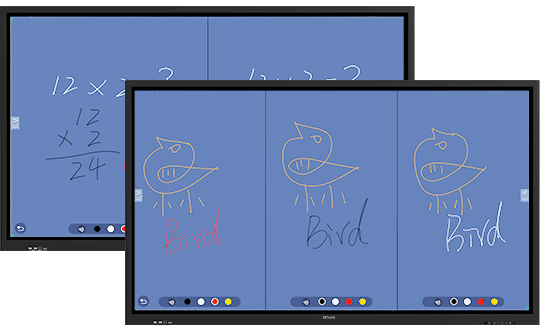
Easy-to-Use Built-in Whiteboard
Software
Built-in Whiteboard software under Android system allow to do
two separate screen teaching and three separate screen teaching.
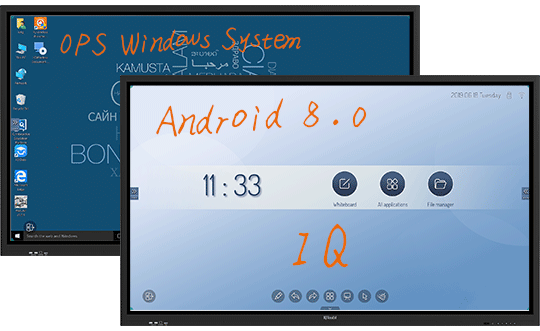
All-channel Annotation
Enable to annotate under Android system and
Windows system.
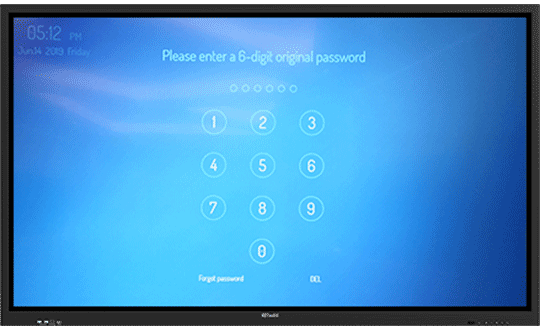
Power On/Off Lock and Screen Lock can
be Set with A Password Respectively
Support to lock screen and lock power on/off button
to avoid student
malfunction and secure privacy.

To compare with our other IQTouch Series
RESOURCE FOR YOU
Resource for you
Product Tag
Send us a message
Get in touch
-
![icon-phone]() +86-591-38202660
+86-591-38202660
-
![icon-mob]() +86-15280405902
+86-15280405902
-
![icon-mail]() iqboard@iqboard.net
iqboard@iqboard.net
-
![icon-addr]() 6th Bldg. High-Tech Base.
6th Bldg. High-Tech Base.
Fuzhou FuJian Prov. China
Solutions
Copyright © 2017.Returnstar Interactive Technology Group Co., Ltd All rights reserved.

